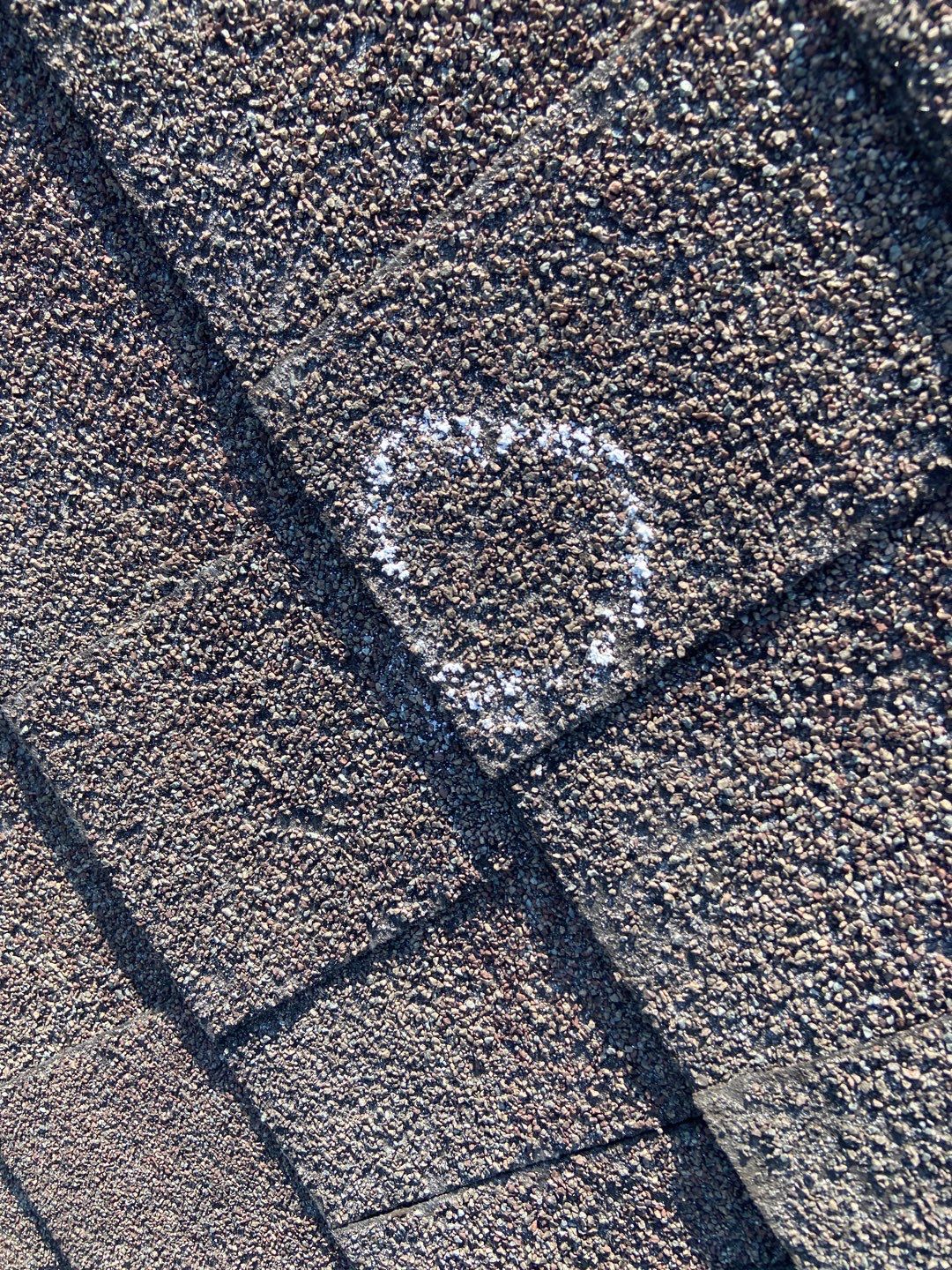
Choosing Between Roof Repair and Replacement: A Homeowner’s Guide
Introduction
For homeowners, the roof is one of the most critical components of a house. It acts as the first line of defense against the elements, protecting the home and its occupants from harsh weather, environmental damage, and temperature fluctuations. Given its importance, it’s essential to ensure that the roof remains in good condition throughout the year.
However, all roofs experience wear and tear over time, and homeowners often find themselves faced with a difficult decision: Should they repair the roof or replace it entirely? This decision can be overwhelming, as it involves significant financial and practical considerations. Roof repairs are typically less expensive, but they may not provide the long-term solution that a full replacement would. On the other hand, replacing the roof is a significant investment, but it might be the most cost-effective and reliable choice in the long run.
This comprehensive guide will help homeowners navigate the decision-making process by discussing the factors that influence the choice between roof repair and replacement, the costs associated with each option, and the pros and cons of both. By understanding these key aspects, homeowners will be better equipped to make an informed decision when it comes to maintaining the health and longevity of their roof.
Understanding Roof Lifespan and Signs of Damage
Before diving into the specifics of roof repair and replacement, it’s important to understand the lifespan of different roofing materials and the types of damage that can affect your roof over time. Knowing when your roof has reached the end of its useful life can significantly influence your decision between repairing and replacing it.
Roof Lifespan
The lifespan of a roof depends on several factors, including the type of material used, the quality of installation, and the climate in which you live. Here are the typical lifespans for common roofing materials:
- Asphalt Shingles: 15-30 years
- Wood Shingles or Shakes: 20-25 years
- Metal Roofs: 40-70 years
- Clay or Concrete Tiles: 50+ years
- Slate Roofs: 75-100 years
The age of your roof plays a significant role in determining whether a repair or replacement is necessary. For instance, a roof that is over 20 years old and shows significant signs of damage may be a candidate for replacement, especially if the materials are no longer performing at their best.
Common Roof Damage Signs
Identifying the right type of damage is key to making the right decision. Some common signs of roof damage include:
- Missing or Damaged Shingles: Shingles that are cracked, curled, or missing can allow water to seep into the roof, causing leaks and further damage. If a small area of shingles is damaged, a repair may be sufficient. However, widespread shingle issues across the roof may indicate the need for a full replacement.
- Sagging Roof Deck: A sagging roof deck is a clear sign of structural damage, which is often caused by water infiltration, wood rot, or the aging of the roof. In this case, roof replacement is typically necessary to ensure the safety of the structure.
- Granule Loss: Asphalt shingles typically shed granules over time, but excessive granule loss is a sign that the shingles are reaching the end of their lifespan. If the roof appears bald or the gutters are filled with granules, it may be time for a replacement.
- Visible Moss or Algae Growth: While moss and algae don’t necessarily compromise the integrity of the roof immediately, they can cause damage over time by trapping moisture and promoting decay. In some cases, removing the moss and treating the roof may be enough, but in other cases, it may signal the need for a replacement.
Factors to Consider When Deciding Between Repair and Replacement
Choosing between roof repair and replacement is not a decision to be taken lightly. There are several factors that should be considered to ensure that you make the best choice for your home. These include the extent of the damage, the cost of each option, and your long-term plans for the property.
Extent of the Damage
The first step in determining whether to repair or replace your roof is to assess the extent of the damage. Minor issues, such as a few missing shingles or a small leak, are usually repairable. However, if the roof is extensively damaged, has widespread issues, or is nearing the end of its lifespan, replacement may be the better choice.
- Localised Damage: Small repairs, such as replacing a few shingles or sealing small leaks, are cost-effective and quick solutions. These repairs can often extend the life of the roof for several more years.
- Widespread Damage: If multiple sections of the roof are damaged, it may be more cost-effective to replace the entire roof rather than repeatedly repairing it. Widespread damage is often a sign that the roof’s structural integrity has been compromised and may require a full replacement to avoid further damage.
Cost of Roof Repair vs. Replacement
The cost of roof repair and replacement can vary widely depending on the type of material used, the size of the roof, and the extent of the damage. In general, roof repairs are less expensive than full replacements, but there are trade-offs to consider.
Roof Repair Costs: Minor roof repairs typically cost between $150 and $1,000, depending on the extent of the damage. The more specific the repair (e.g., fixing a single leak or replacing a few shingles), the cheaper the cost will be.
Roof Replacement Costs: Roof replacement can be much more expensive, typically ranging from $5,000 to $20,000, depending on the roofing material, roof size, and complexity of the job. While a replacement is more expensive upfront, it can offer a long-term solution, potentially saving money on repairs and maintenance in the future. It’s important to evaluate the cost of repair in relation to the age and condition of the roof. If repairs are frequent or costly and the roof is nearing the end of its lifespan, it might make more sense to invest in a full replacement. In contrast, if the roof is relatively new and only has isolated issues, a repair may be sufficient.
Energy Efficiency and Insulation
Energy efficiency is a critical factor for many homeowners when making decisions about roof repair or replacement. A roof that is in poor condition may allow heat or cool air to escape, leading to higher energy bills. Replacing an old roof with an energy-efficient roofing system, such as metal or reflective shingles, can help reduce energy consumption and lower utility costs.
- Energy-Efficient Roofing Options: If you choose to replace your roof, consider opting for energy-efficient materials. Reflective roofing systems, such as cool roofs or metal roofing, reflect sunlight, helping to maintain a comfortable temperature inside the home and reduce the workload on heating and cooling systems.
In some cases, repairing an old roof may not significantly improve its energy efficiency. If energy savings are a primary concern, roof replacement may be the best option.
Future Plans for the Home
Another important factor to consider is your long-term plans for the home. If you plan to stay in the home for many more years, investing in a roof replacement could be a wise decision. A new roof will provide peace of mind and protect the home for decades, potentially increasing the value of the property.
However, if you plan to sell the home in the near future, repairing the roof might be a more cost-effective option. A well-maintained roof can significantly improve the curb appeal and marketability of the home, but a full roof replacement might not yield a sufficient return on investment if you won’t be living in the home long enough to reap the benefits.
Pros and Cons of Roof Repair
When considering whether to repair your roof, it’s important to weigh the advantages and disadvantages of this option.
Pros of Roof Repair:
- Lower Initial Cost: The cost of repairing a roof is significantly less than replacing it, making it an attractive option for homeowners on a budget or those who need immediate fixes.
- Quick Fix: Roof repairs can often be completed in a matter of hours or days, allowing you to restore your roof’s functionality quickly.
- Less Disruptive: Roof repairs are generally less disruptive to your daily life than a full roof replacement, as the work is localized and doesn’t involve completely tearing off the old roof.
- Less Waste: Repairing a roof creates less waste than replacing it, making it a more environmentally friendly option in certain cases.
Cons of Roof Repair:
- Temporary Solution: Roof repairs are often short-term fixes, especially if the roof is old or has widespread damage. Multiple repairs may be needed over time, leading to higher long-term costs.
- Possible Hidden Issues: If only visible damage is repaired, underlying issues may not be addressed, leading to potential future problems with leaks or structural integrity.
- May Not Improve Energy Efficiency: Repairing a roof may not significantly improve the home’s energy efficiency, especially if the roof is nearing the end of its lifespan.
Pros and Cons of Roof Replacement
A full roof replacement has its own set of advantages and disadvantages. Homeowners need to carefully consider these factors before making the decision to replace their roof.
Pros of Roof Replacement:
- Long-Term Solution: A new roof provides long-term protection, eliminating the need for frequent repairs and offering peace of mind for years to come.
- Improved Energy Efficiency: Replacing an old roof with energy-efficient materials can significantly reduce heating and cooling costs.
- Increased Home Value: A new roof can increase the value of your home, which may be especially beneficial if you plan to sell the property in the future.
- Enhanced Curb Appeal: A new roof can improve the overall appearance of your home, making it more attractive to potential buyers or guests.
Cons of Roof Replacement:
- Higher Initial Cost: Roof replacement is a significant financial investment, often costing several thousand dollars.
- Disruption: Replacing a roof can take several days to a week, depending on the size and complexity of the project, and may cause some disruption to your daily routine.
- Waste: Replacing a roof generates more waste than repairing it, particularly if the old materials cannot be recycled.
Making the Right Choice
Ultimately, the decision between roof repair and replacement depends on the specific needs of your home and your budget. For minor damage, a roof repair may be sufficient, offering a cost-effective and quick solution. However, for extensive damage or if the roof is nearing the end of its lifespan, a full roof replacement may be the best option for long-term protection and value. Consulting with a professional roofing contractor is highly recommended, as they can assess the damage and provide expert advice on whether repair or replacement is the most appropriate course of action. Their guidance will help ensure that you make a sound decision that will keep your home safe and secure for many years to come.
Conclusion
Choosing between roof repair and replacement is a critical decision that requires careful consideration of various factors, including the extent of the damage, the age of the roof, the cost of repair or replacement, and long-term energy efficiency goals. Homeowners should assess the condition of their roof, seek professional advice, and weigh the pros and cons of each option before making a decision.
Whether opting for a repair or a replacement, ensuring that the roof remains in top condition is essential for protecting the home and its occupants. By making the right choice and investing in quality materials and expert installation, homeowners can enjoy the peace of mind that comes with knowing their roof is up to the task of keeping their home safe and secure.


